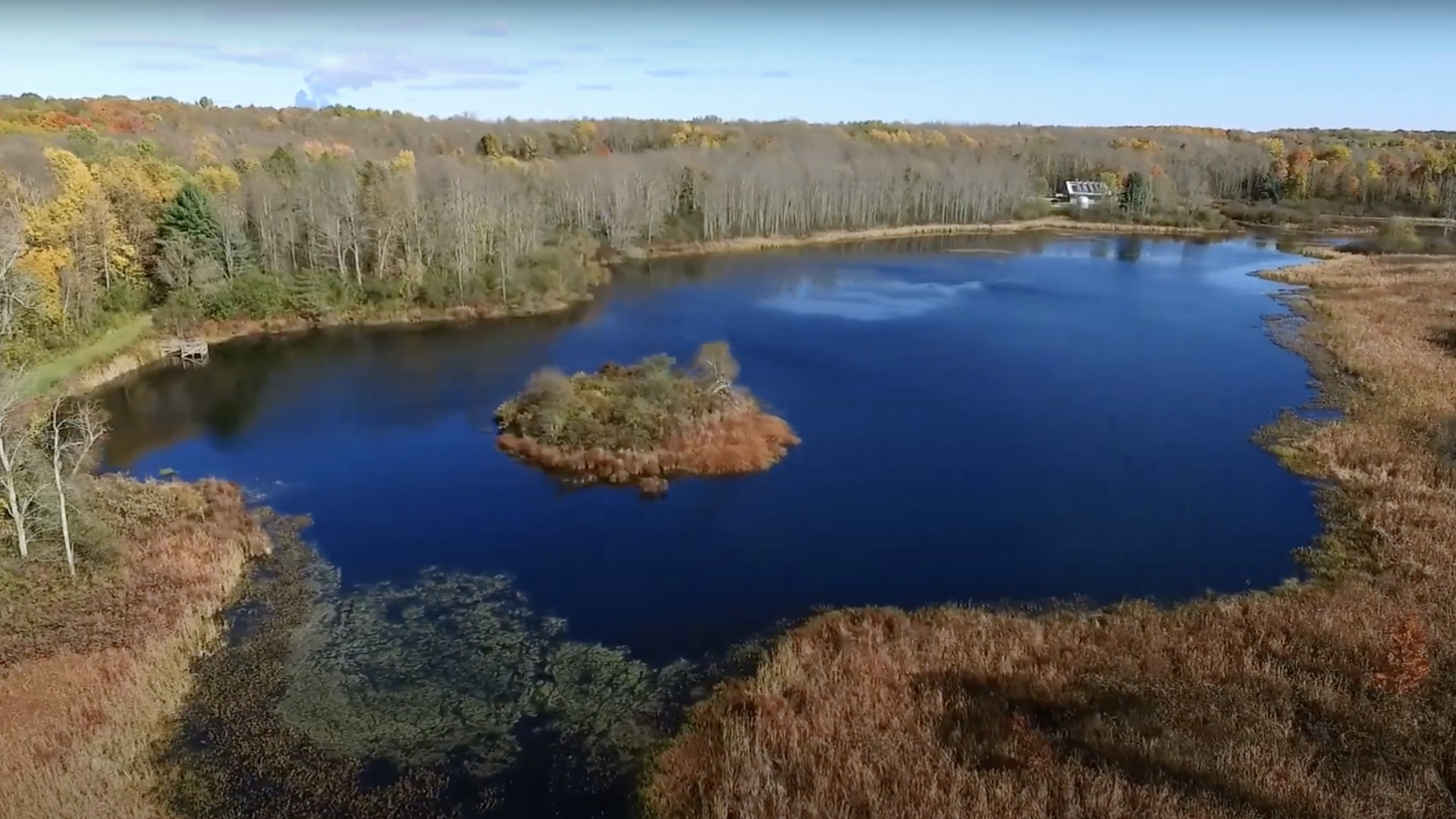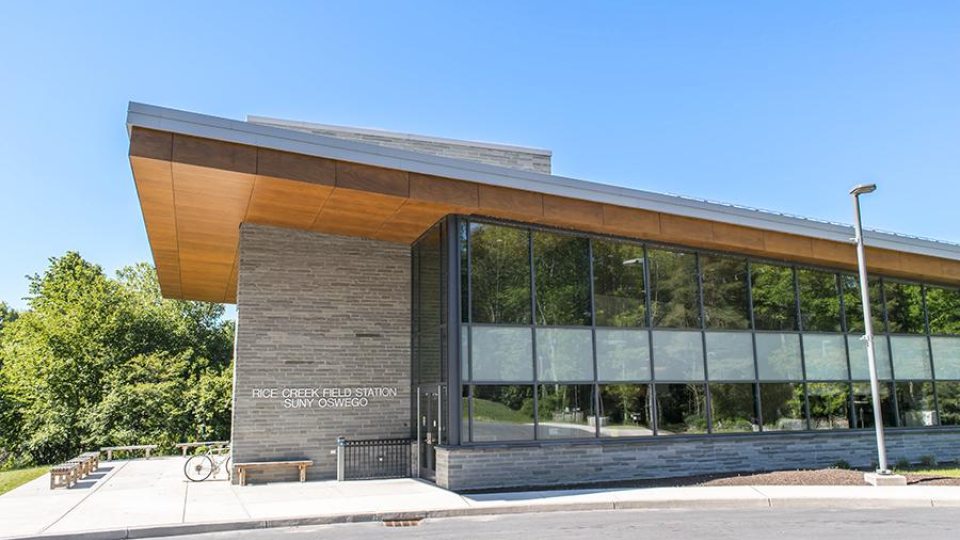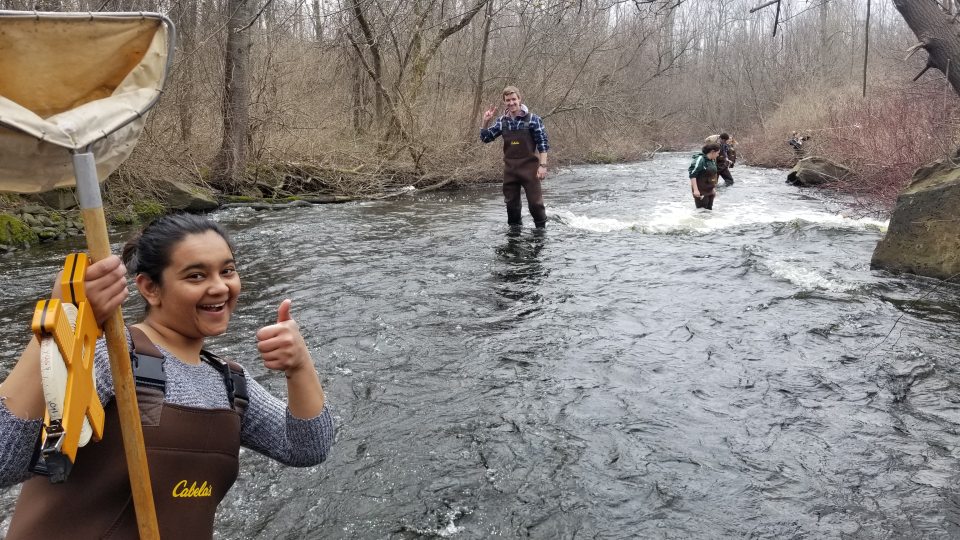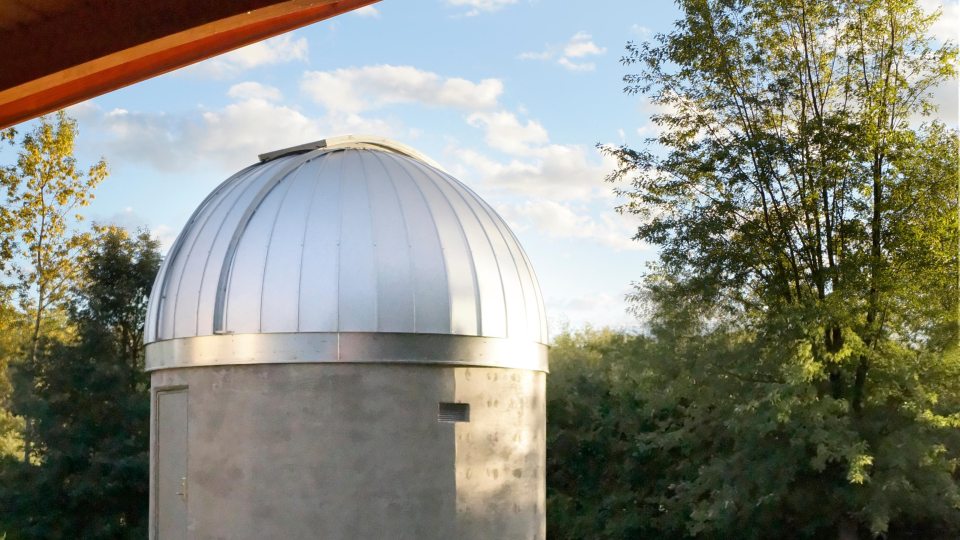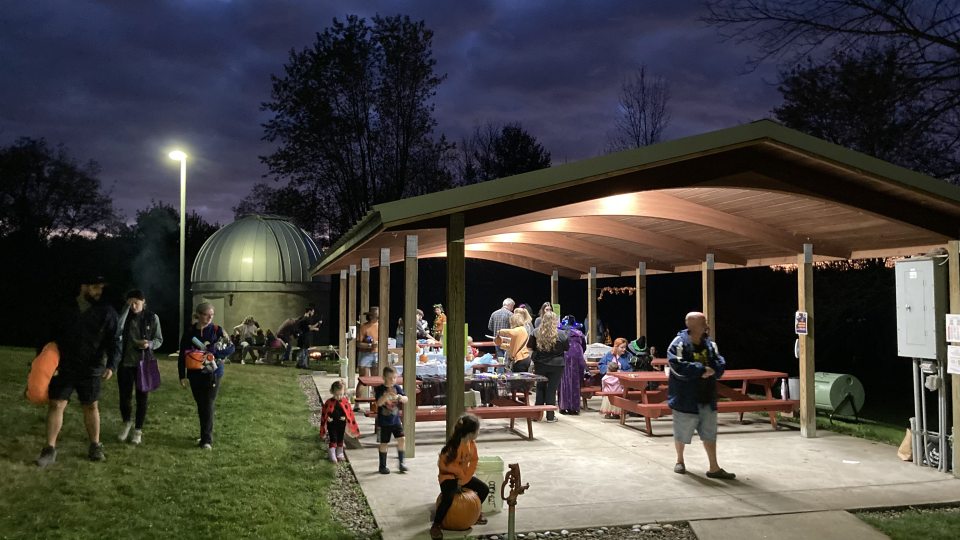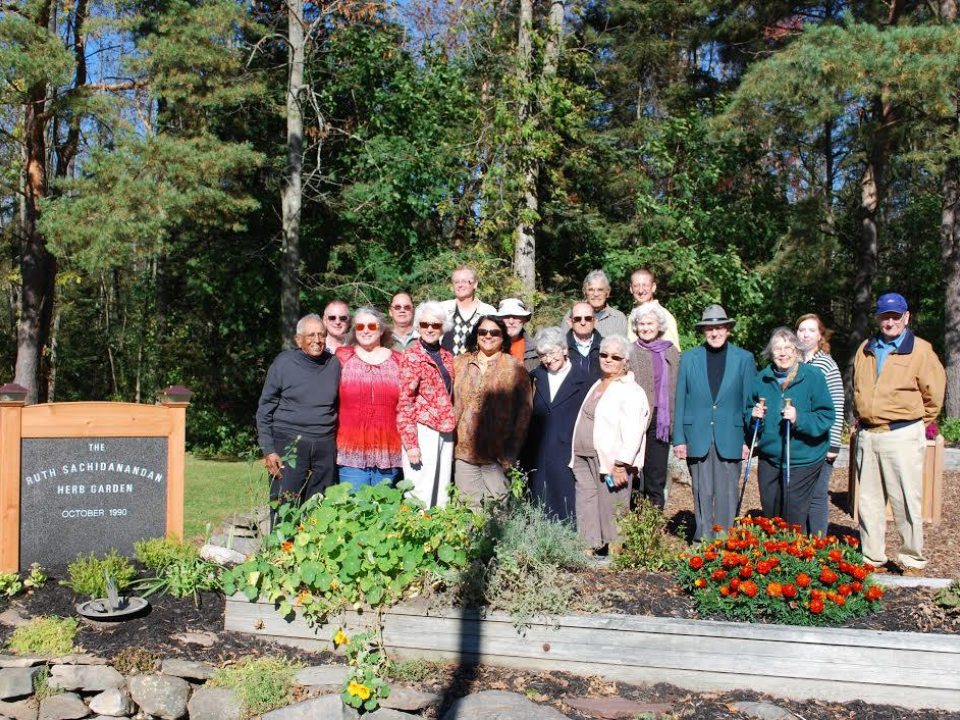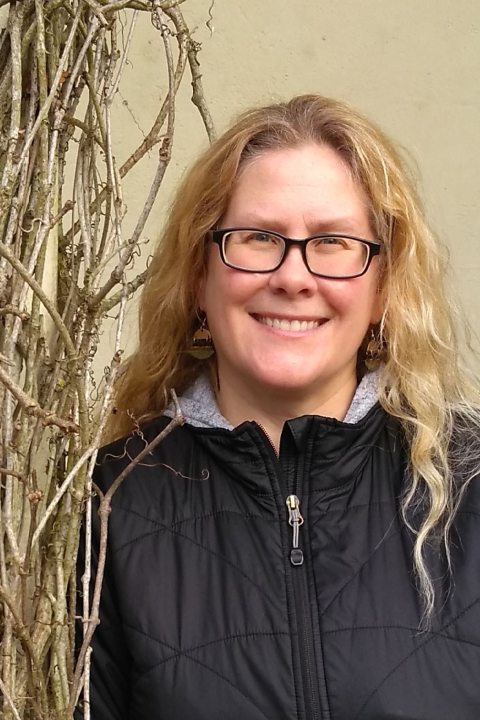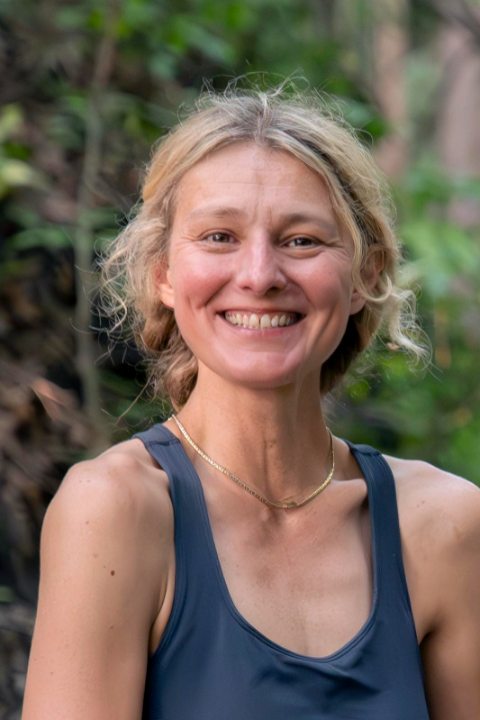Rice Creek Field Station at SUNY Oswego supports academic instruction, research, and public service in the natural sciences and environmental education. It aims to provide a well-equipped facility for faculty, students, and the regional community.
Below, learn about our history, facilities, and staff.
History
Early History
Rice Creek Field Station was developed on land that was once farmland. The Oswego landscape at the time of the American Revolution supported tall hardwood forests right down to the shores of Lake Ontario. In 1797 Asa and Elizabeth Rice and their eight children settled at the mouth of Three Mile Creek, now known as Rice Creek, before moving upstream the next year. In the early 1800s, others joined their 100-acre settlement, called Union Village, as a farming community began to emerge. The hamlet of Fruit Valley with its rich traditions of orchards and other crop fields, dairy farms, and pasturelands grew from that early settlement.
Field Station Establishment
The establishment of a biological field station at SUNY Oswego was formally proposed in 1962. Rice Creek Field Station was established in 1965-66 when the original field station building was constructed and Rice Pond was created by construction of a dam on Rice Creek. Rice Creek Field Station formally opened in 1966.
Functional and historical ties with the Biology Department at SUNY Oswego reflect the conviction that understanding of natural history and of mankind's place in this universe has important roots in the biological sciences. At the same time, Rice Creek Field Station embraces a broad view of natural history and strives to provide opportunities for research and learning appropriate to the interests of individuals and groups of all possible backgrounds.
A Plan for Growth
The Rice Creek Associates Board of Directors issued in 1996 A Plan For Growth, a plan for the development of Rice Creek Field Station. This was followed by a space utilization study in 1997 and an architect's conceptual plan for building expansion in 1998. In 2008, SUNY Oswego's plans for the field station's growth began to move forward along with the sciences renovations on campus. In mid-2012, the year-long construction and upgrades of the field station buildings.
